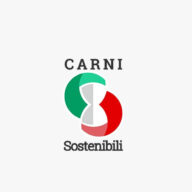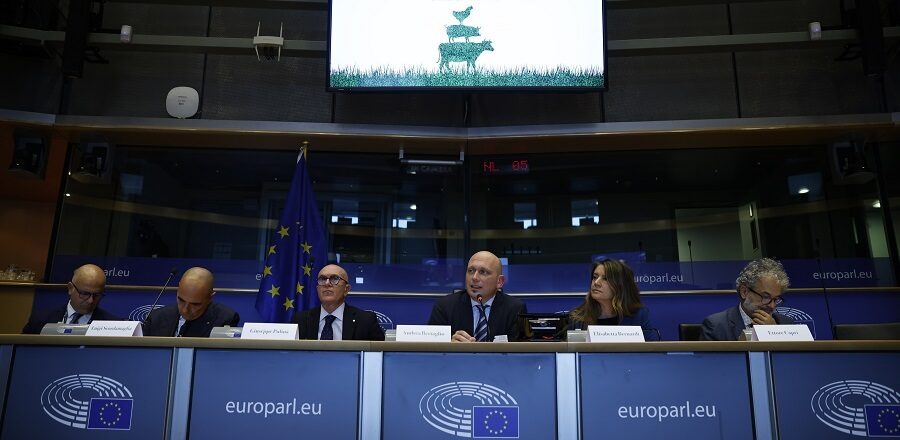
Are there alternatives to meat consumption?
In every part of the world, the Guidelines for Healthy Eating recommends a high consumption of fruits, vegetables, cereals, legumes, foods are rich in essential nutrients and protective substances, which are essential for the body’s health. A purely plant-based nutrition must be integrated with a careful selection of foods and supplements. Some nutrients such as minerals, vitamins such as A, D or B12, essential fatty acids (especially omega-3) or the essential amino acids (for example, methionine and threonine in addition to tryptophan and lysine) may not be consumed in optimal amounts, especially in the more restrictive vegetarian diets. Take the case of iron. In spinach and lentils there is iron.
In fact, if we go and see the food composition tables we find that among vegetables, with the exception of chicory and rocket salad, spinach is the one which contains most iron (2.9 mg/100g), while among the legumes, lentils and beans are the most rich in iron (8-9 mg/100 grams of legumes). Unfortunately of these quantities our body is only able to absorb between 2% and 8%. This means that if you were to cover the daily requirement of iron using only raw spinach one would have to eat between 4 and 17 kg per day, because by boiling them a certain part ends up in the cooking water.
Reckoning with iron, like those of other nutrients, should be done according to bioavailability, that is, with its ability to be first absorbed from the intestine and then assimilated by the cells that must use it. There can be so many factors that affect the bioavailability of iron. Vitamin C makes it grow, so it is a good habit to season cooked vegetables with lemon or eat fruits and vegetables that contain vitamin C, fibres decreases it, as do tannins.
Many scientific studies have focused on the quantity, quality, the type and timing of the consumption of the protein and the consequent effects on health. Today it is believed that daily intakes of protein moderately higher than the recommendations (recommended intake for the population – 0.9 g/kg × day) for adults may be useful for some people, such as the elderly and physically active individuals. Moreover, the moderately high protein intake in the diet may help reduce the risk of chronic diseases such as obesity, cardiovascular disease, type 2 diabetes, osteoporosis and sarcopenia. But it is essential that the proteins come from various foods, both of animal and vegetable origin.
In the group of protein-rich foods, those of animal origin, in addition to providing complete proteins from the point of view of amino acid composition, contribute to the daily intake of nutrients such as iron, zinc, vitamin B12, phosphorus and calcium, while protein foods of vegetable origin contribute mostly to dietary fibre, vitamin E and magnesium. It is these particularities that support the argument to eat a variety of protein food sources, both for health reasons and to help meet the nutritional recommendations.
By comparing the nutritional elements of some recipes, you can see how meat in a balanced diet allows a moderate caloric intake to provide a greater amount of protein than other foods (Source of the recipes: Internal Processing to the working group).
The Sustainable Meat Project





